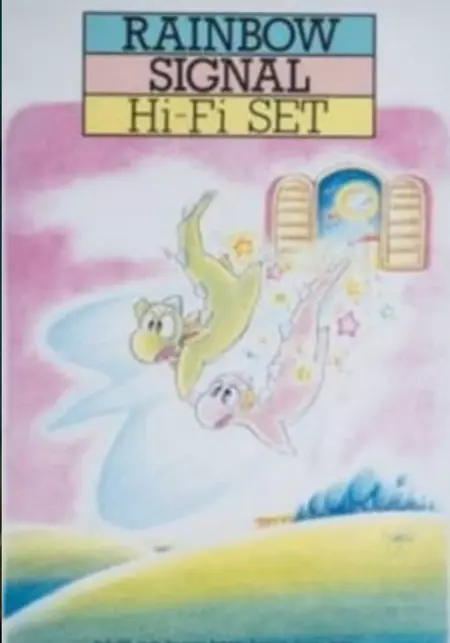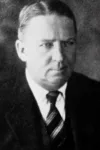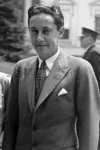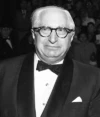West of Zanzibar (1928)
West of Zanzibar (1928)

Plot.
Where to Watch.
 Rent
Rent Rent
Rent Rent
Rent Rent
RentCurrently West of Zanzibar is available for streaming online, rent, buy or watch for free on: Apple TV, Amazon Video, Google Play Movies, YouTube
Streaming in:🇺🇸 United States

Cast & Crew.

Lon Chaney
Phroso 'Dead-Legs'
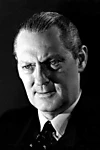
Lionel Barrymore
Crane

Mary Nolan
Maizie
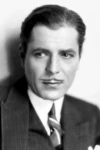
Warner Baxter
Doc
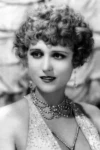
Jacqueline Gadsden
Anna

Tiny Ward
Tiny
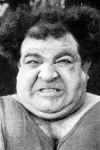
Kalla Pasha
Babe
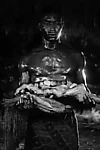
Curtis Nero
Bumbu
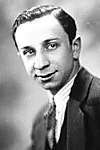
Chaz Chase
Music Hall Performer (uncredited)
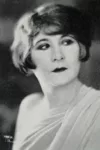
Rose Dione
Zanzibar Club Owner (uncredited)
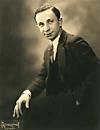
Chaz Chase
Music Hall Performer

Louise Emmons
Old Woman on Street (uncredited)
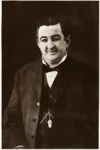
Fred Gamble
Vaudeville Comedian (uncredited)
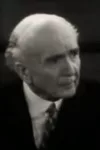
Emmett King
Stage Manager (uncredited)
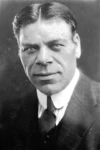
Dick Sutherland
Cannibal (uncredited)
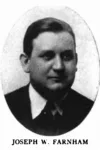
Joseph Farnham
Writer

Art Winkler
Stagehand (uncredited)

Dan Wolheim
Zanzibar Club Customer (uncredited)

Zalla Zarana
Woman in Zanzibar Bar (uncredited)
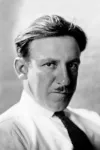
Tod Browning
Producer / Director
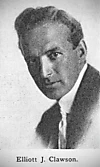
Elliott J. Clawson
Writer

Percy Hilburn
Director of Photography

William Axt
Original Music Composer
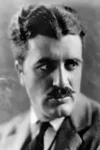
Cedric Gibbons
Settings
Media.
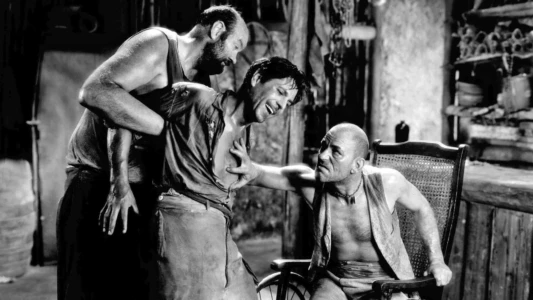






Details.
Release DateNovember 24, 1928
StatusReleased
Running Time1h 10m
Content RatingNR
Budget$259,000
Box Office$921,000
Genres
Last updated:
This Movie Is About.
Wiki.
West of Zanzibar is a 1928 American silent film directed by Tod Browning. While the film has no audible dialog, it was released with a synchronized musical score with sound effects using both the sound-on-disc and sound-on-film process. The screenplay concerns a vengeful stage magician named Phroso (Lon Chaney) who becomes paralyzed in a brawl with a rival (Lionel Barrymore). The supporting cast includes Mary Nolan and Warner Baxter. The screenplay was written by Elliott J. Clawson, based on the 1926 play Kongo by Charles de Vonde and Kilbourn Gordon. Walter Huston starred in the stage play and later played Phroso again in the 1932 sound film remake of the same story which was also called Kongo.
The Hays office, the official Hollywood censor, banned the stage play "Kongo" from the screen, so to bypass the ruling, MGM changed the title first to SOUTH OF THE EQUATOR, then finally to WEST OF ZANZIBAR. Owen Moore was originally set to play Doc, but the role went to Warner Baxter instead. Mary Nolan was hired to play Maizie because she had "such sad eyes". Cedric Gibbons and Richard Day designed the sets, and David Cox handled the costumes.
West of Zanzibar is intriguing to Lon Chaney fans because of the lost or excised sequences that Browning allegedly shot for the film that no longer exist; in particular, Phroso (Chaney) in costume as The Human Duck in a freak show act and scenes showing Phroso and his troupe when they first arrive in Africa. Stills of Chaney in the duck costume exist, but it is unclear whether the scene was actually shot, or merely planned and publicity stills were taken.
The film was in production from June 25, 1928 to July 31, 1928, and cost $249,000 to produce. Its worldwide box office gross was $921,000. The film was released both silent and with sound effects and a synchronized music score.
Film historian Jon C. Mirsalis wrote that Waldemar Young was involved in writing the screenplay (but no other sources mention him) and that the film was released on December 28, 1928 instead of November 24th. Stills exist showing Chaney as the crippled Phroso.
MGM Home Video released the film with the synchronized music score on laser disc in 1993. It was released on DVD in 2012 as part of the Warner Archive Collection, using the same video master. The film also turns up frequently on the Turner Classics Movies cable TV channel and on PBS stations. Print exists in the George Eastman Museum film archive [35mm positive].
You May Also Like.

Nullarbor (2011)
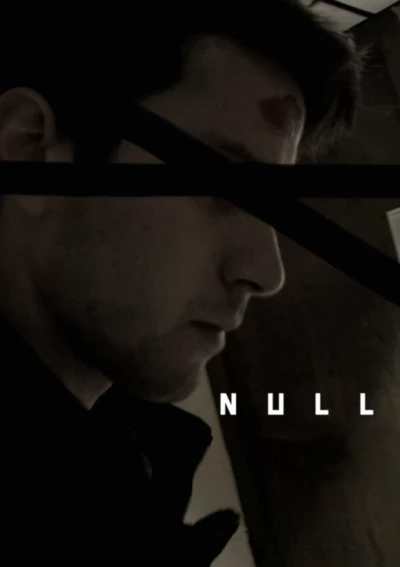
NULL (2021)

Armor Hero Emperor (2010)
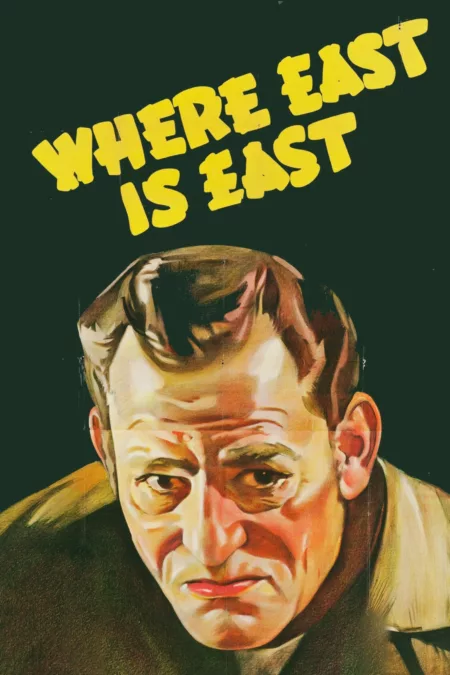
Where East Is East (1929)

The Three Pickers (2003)

Fight Club Rush 12 (2022)

GCW: Fight Club 2 Houston (2022)
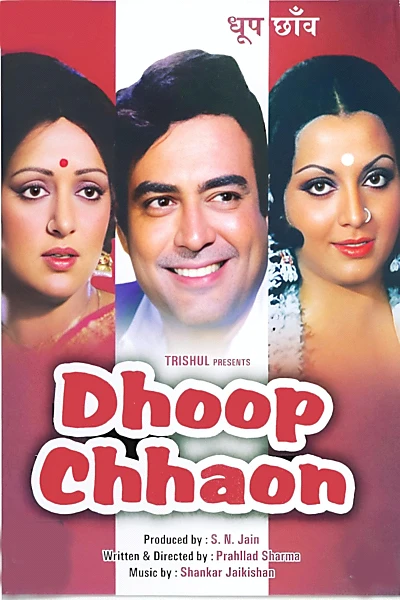
Dhoop Chhaon (1977)
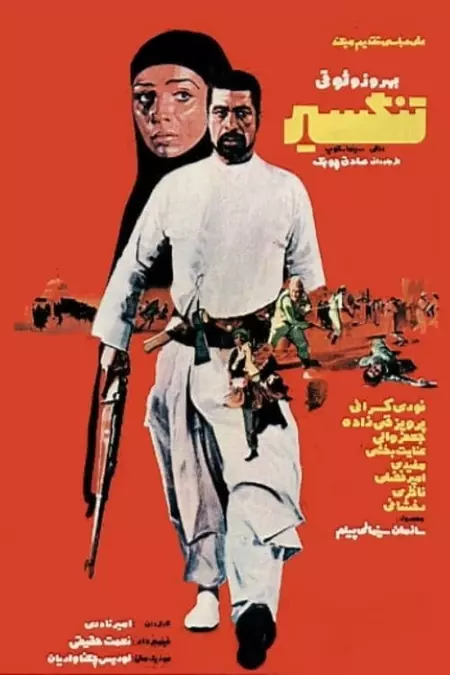
Tight Spot (1973)

Texas Hit (2010)
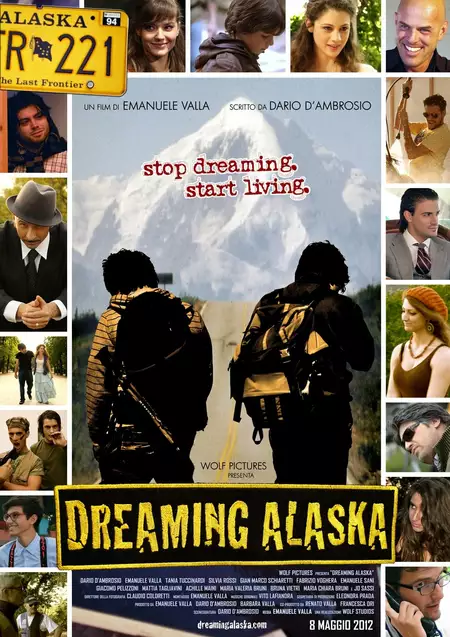
Dreaming Alaska (2012)
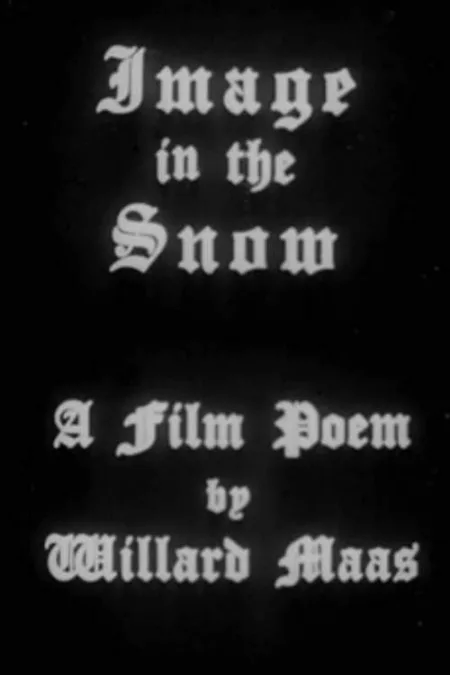
Image in the Snow (1952)

Shorebirds (2023)

Evdokimych or How to Treat a Deer (2023)
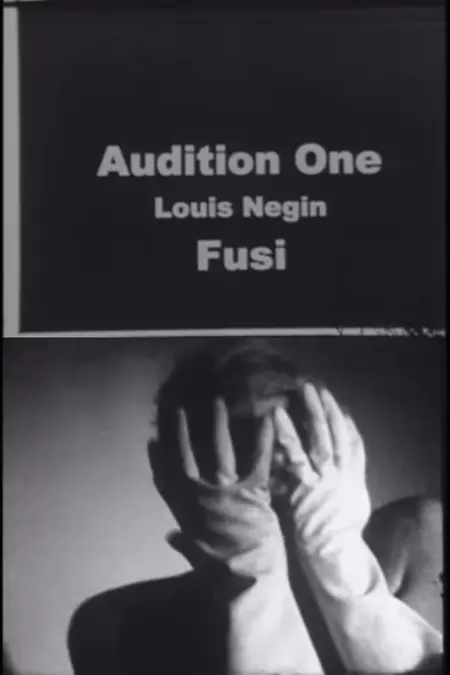
Audition One (2005)
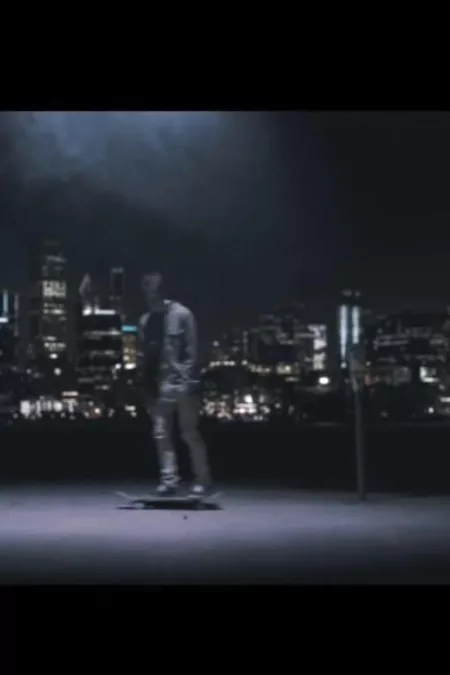
Trick Meter (2015)

Chachita la de Triana (1947)
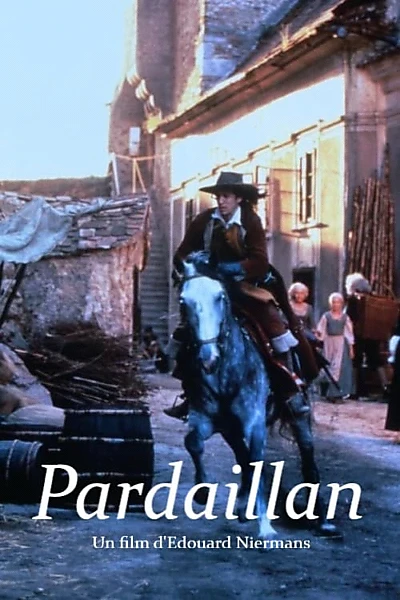
Pardaillan (1997)
